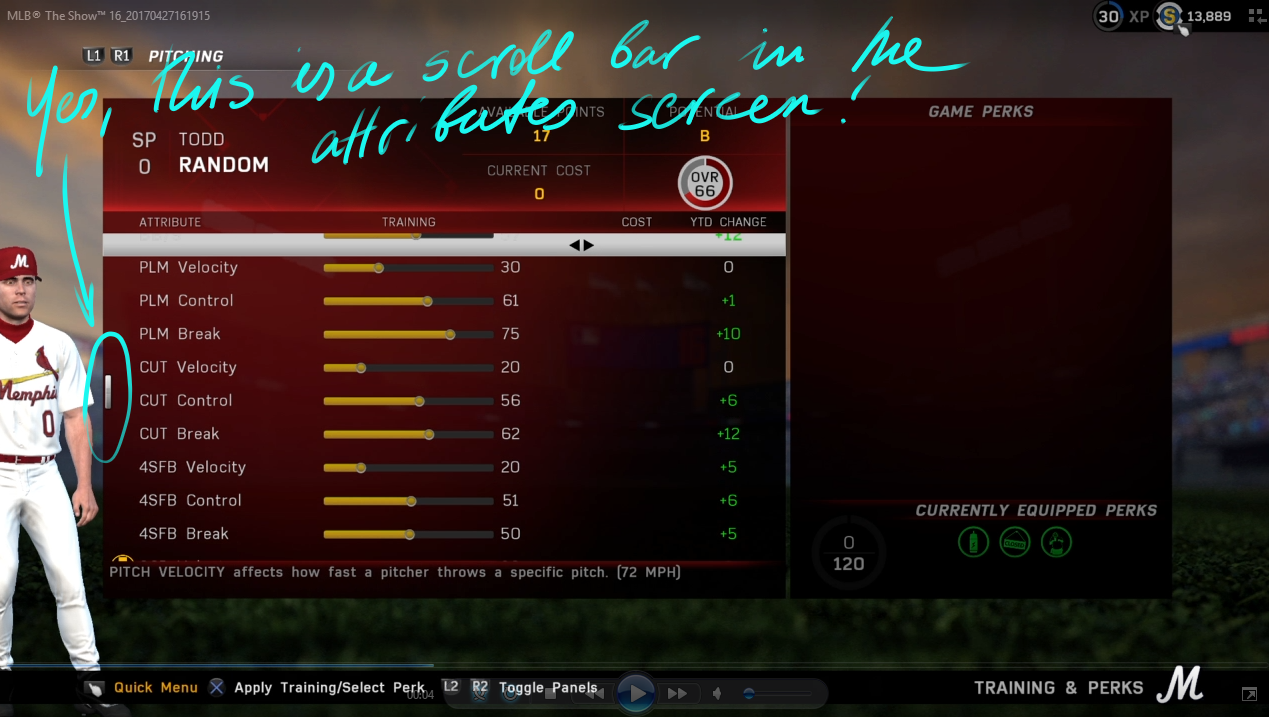by Jason Sams, Lead Developer
Let’s talk about spotting and senses in Spy DNA.
In any game where stealth is a factor, you also need to consider detection. We just finished some improvements for a mission. I don’t want to spoil the mission, but I can talk about the improvements to the spotting system.
In Spy DNA we have three senses, visual, sound, and smell. Each of these has their own set of rules. A character has attributes for each, so it’s possible for them to be very good at one, while poor at others. We also have a skill for observation, I’ll go over how they work together in a bit.
Let’s start with vision because you will need a visual detection of a target before you can evaluate or attack it. Vision controls whether we render an NPC, so if no member of your party has visual contact with an NPC, you will not see it in game.
Here is a list of some of the things that factor into visual detection of an NPC.
Distance to the target: farther things are harder to spot.
Senses: eye attribute of the spotting character.
Lighting conditions: bright light will make something easier to spot, darkness makes it harder.
Movement of the target: moving objects are easier to spot. We also factor in movement speed.
Movement of the spotter: if the spotting character is moving it will make spotting things more difficult. We use a different curve here vs the target speed because movement affects both differently.
The clothing of the target being spotted: camouflage makes one harder to spot. Ex wired.com/2014/03/hidden-snipers
Genetic enhancements of the spotter will make detection easier. The “Eye Resolution” enhancement will make it easier to spot objects at longer ranges, while the IR enhancement will reduce the effectiveness of darkness, camo, or the stealth skill.
Stealth: knowing how to blend in with the environment is a skill
Observation skill
You might ask what the difference is between a characters eyesight attribute and their observation skill.
When we calculate the chance to spot, we do two separate calculations. First we calculate the strength of the signal. That is the physical question of can the character actually see target. This is basically an eye-chart test. Then we factor in the difficulty due to the environment such as lighting, movement, stealth skill, and we combine this with the spotters skill. So we have two numbers, can the character see the target, and how hard is it to pick it out of the noise. We combine those into one number representing the percentage chance to detect the character and run the check.
I should also note that spotting is continuous. Failing the first check does not mean you will never spot something. Your character will continue to try to spot a target as long as they remain in their field of view.
We treat sound in a similar way to vision. There are a few important distinctions. Detecting a sound will not tell you where the source of that sound was, only the direction it came from. We also have different enhancements to improve a character’s hearing. Sounds will also tend to be impulses. Meaning the detection isn’t continuous but done each time the target makes a sound (footstep, uses an object, fires a weapon, etc.).
Smell is different than the other two. In general it won’t be used to detect an NPC, but rather environmental hazards. Another difference is, it will need time to propagate. So if a bad guy cuts the gas line, it will need some time before it’s detectable at a distance.
We are proud of the results of our detection systems. While not every single one of the genetic modifications and senses will be fully implemented in the Early Access, you should get a pretty good idea of how detailed and realistic our simulation is.




